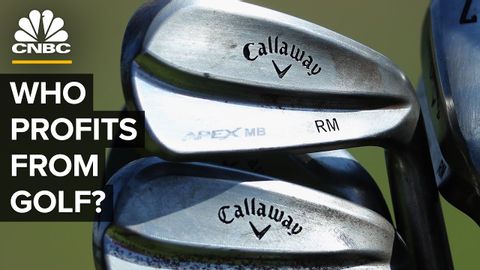Who Makes Money From The U.S. Golf Frenzy
joey joey が 2021 年 06 月 05 日 に投稿  この条件に一致する単語はありません
この条件に一致する単語はありませんUS /pænˈdɛmɪk/
・
UK /pæn'demɪk/
US /ˌɑpɚˈtunɪti, -ˈtju-/
・
UK /ˌɒpə'tju:nətɪ/
- n. (c./u.)機会;好機;仕事の機会;ビジネスチャンス
US /ˈɪmˌpækt/
・
UK /'ɪmpækt/
- n.影響;衝撃
- v.t./i.衝突する;影響を与える;埋伏する
US /ˈrevənju/
・
UK /'revənju:/
エネルギーを使用
すべての単語を解除
発音・解説・フィルター機能を解除

